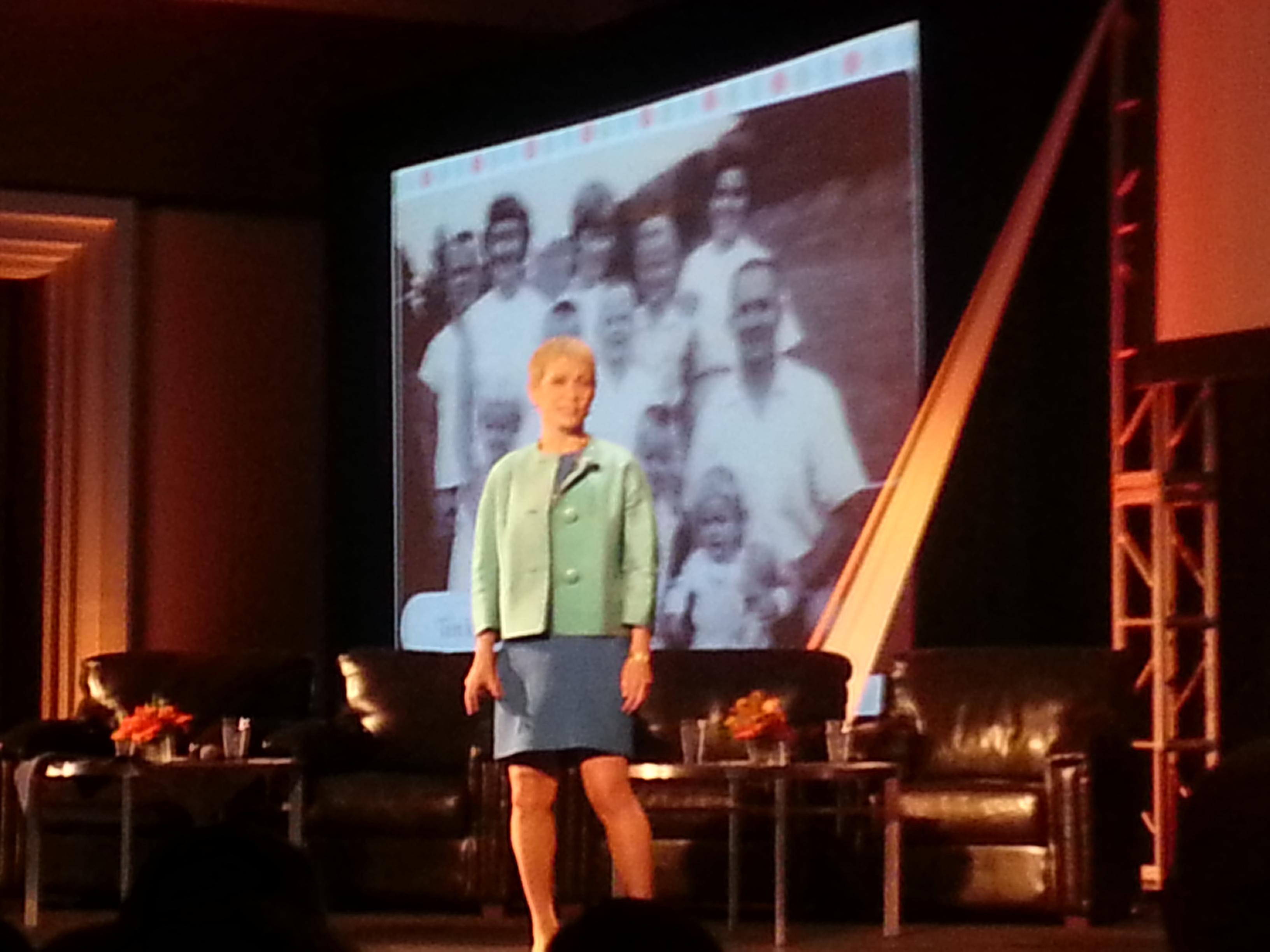Scaling bounceit!™ by Not Scaling
 Many of us look at the world we live in today and think about an idea we may have that, if launched in our connected world, it would spread and we would become super rich. With the internet and smart phones allowing us to be connected everywhere, this is not a pipe dream. The right idea, combined with enough money and a strong management team, can push an idea out in the marketplace and accomplish those dreams. It is easier now than it has ever been to launch an idea and make it grow. But of course, the world is not an easy place. It takes a lot of effort to get the flywheel spinning and spitting out cash.
Many of us look at the world we live in today and think about an idea we may have that, if launched in our connected world, it would spread and we would become super rich. With the internet and smart phones allowing us to be connected everywhere, this is not a pipe dream. The right idea, combined with enough money and a strong management team, can push an idea out in the marketplace and accomplish those dreams. It is easier now than it has ever been to launch an idea and make it grow. But of course, the world is not an easy place. It takes a lot of effort to get the flywheel spinning and spitting out cash.
At Efficience, we are in a position to scale an idea that Gary Hardin and Rick Metzelder brought to us, and we have partnered with them and built an application called bounceit!™. This mobile app is a cross between Instagram and Twitter, with the difference being you can vote on pictures or comments and see a graph that will reflect the up and down feeling of those responding, eliciting emotional feedback. Those sharing will provide information that will allow participants to make decisions based on a collective intelligence. The tag line is very reflective, with opinions shared, decisions made.
Given the type of app that we built and the fact that it will be in the App Store this coming week, we would assume that success would take place on a scalable level. But, Paul Graham from Y Combinator shared a very interesting article called “Do Things That Don’t Scale.” In it, he says that sitting back and waiting for your app or web idea to be pushed out and take off in the marketplace is what a lot of entrepreneurs believe they should do, but it is not true. He adds that startups take off because the founders make them take off, and the most common effort that is non-scalable that founders need to do, which is to recruit users manually.
What did you say Paul? We need to go out and make this happen on our own?
Yes! So Gary, Rick and Greg need to be the sales people, leaders and connectors they are and go out and make it happen.
So Paul, how do we recruit users manually?
Well Greg…you go out and solve your own problems, and then you find the peer group that wants the same problem solved and you invade this group with your offering, one by one. You can also do this by doing an untargeted launch and see which users are most excited about your offering. Pinterest’s Ben Silbermann observed that the earliest users were interested in design and went to a conference of design bloggers to get new users and had success there.
Paul also discusses the power of delighting their customers, but a lot of founders don’t put effort into that because they don’t see it as scalable. They think one by one won’t get them there. However, if you look at the major of compounding and start with 100 users and grow 10% a week (just 10 users the first week), then after a year you have 14,000 users, and after 2 years, 2 million. A lot of time, the founders are engineers and are more interested in building something robust and elegant, and not thinking about the attention to customers like salespeople usually are.
It was nice to hear Paul say this, because this grassroots, non-salable approach was something that I experienced growing my businesses. When I started the mutual fund, it was very grassroots and my goal of 2 million under management first year was hit on the last day, then 5 million next year and 12 million the year after turned into 650 million at end of year five. The power of compounding!
I have been writing my blog for more than four years now, and something that I am going to start doing is sharing with you my experience with bounceit!™ and give you a sense of what it is like to kick off an app and put it out there in the world and work to scale it using the non-scaling approach. This is my entrepreneurial journey, and I feel it would be interesting to allow others to see the ups and downs of pushing to making something successful. This will be kind of like the reality TV we experience with programs like American Idol. You would experience our progress along the way, as well as our ups and downs, failures and successes! I look forward to sharing this real-life growth story.





